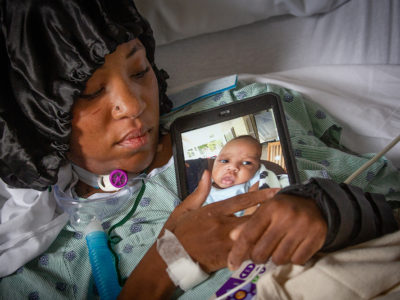Coronavirus
Photojournalist Turned Nurse Captures Intimate Moments Behind Closed Doors
More than 800,000 Americans have died of COVID-19, but most of these moments played out behind closed doors in hospital rooms, nursing homes, ...



















